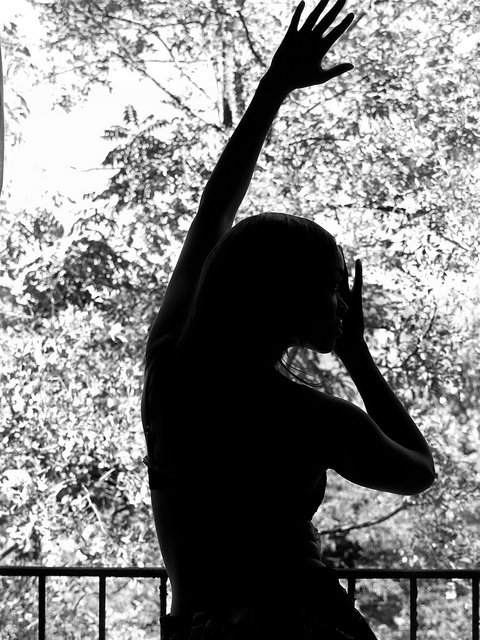It probably won’t come as a surprise to just about anyone out there that there are several different sub-sections within the art of photography. Of course, there are landscape photographers, those who work with portraits, people who take photos for journalist purposes, fashion photographers and many, many more. One sub-section that may sometimes get overlooked a bit is food photography.
Whether you pick up on it or not, food photography is everywhere. From art exhibits to advertisements and even the images that line the walls in your favorite restaurants, it’s hard to miss if you really take the time to notice it.
With all that in mind, here are a few tips for taking appealing images of food that will make you want to say “yum.”
Lighting
Just like in every other form of this artistic method, lighting is crucial. Obviously, you are going to want to make sure the image is bright enough to effectively show the culinary goods but not so bright as to washout the image. The more you can adjust the lighting to conform to the most natural looking colors within the food, the better. For example, if you’re lighting is in cool tones of a somewhat bluish tint, it’s probably not going to work out well for a photo of a basket of apples.

Detail
One of the most appealing things about food it the detail, specifically when it comes to things like texture and shape. For example, if you are shooting a photo of an uncooked steak, the image becomes much more appealing if you can capture the marble coloration of the mixture of fat and lean. For those of you who prefer the veggies, making sure to emphasize the crumpled effect of lettuce in a salad really helps as well.

No distractions
Just like with other photography work, if the subject of the image is surrounded by other items that can be a distraction, it takes away from the purpose and goal of the shot. Basically, the photo becomes too “busy” if you will and results in over stimulation. Do what you can to remove objects that may fight for attention with the subject from the background as well as anywhere else.

Moisture
Showing a wetness or moisture in your food images can go a long way in making them stand out to the viewer as well. This is especially true when it comes to foods that are typically expected to be juicy. In many cases, food photographers make a few enhancements if you will like using a spray bottle to add some droplets on whole fruits or veggies or any number of other substances, edible or not, to meats and pancakes with syrup.








 CJ Lin Freelance Creative Services
CJ Lin Freelance Creative Services Foreign Tourists Image Bank
Foreign Tourists Image Bank Image Aids Creative Video Tutorials
Image Aids Creative Video Tutorials M.K. Hughes Design
M.K. Hughes Design